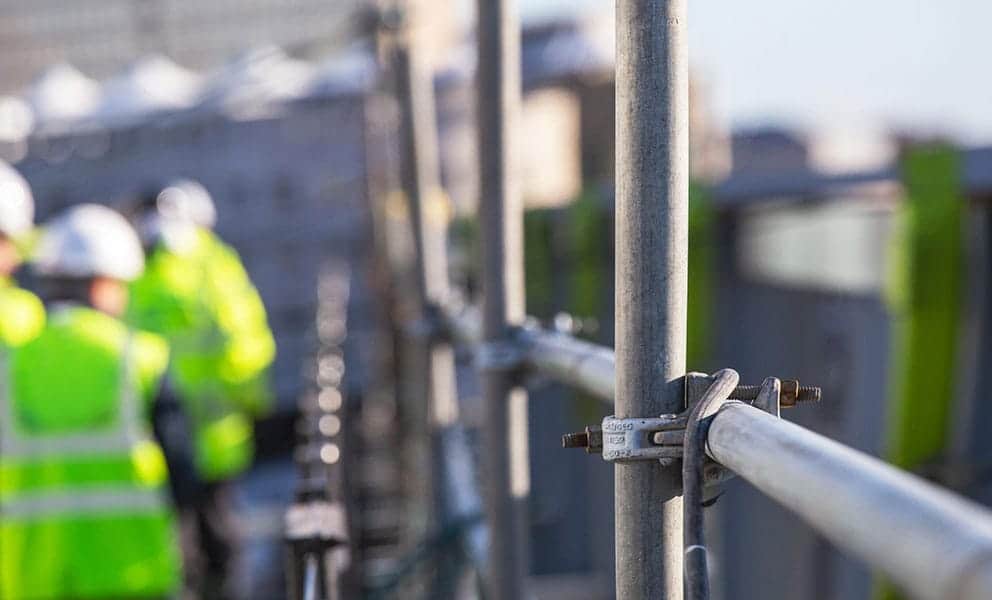
Whether you’re a development manager or prospective investor, the construction industry forecast can help you gauge how the sector is performing and what to expect over the coming year. To make things easier, this post will run through some of the highlights from the NFRC’s construction industry forecast for 2023 and 2024.
One of the most important figures in any construction industry forecast is the expected volume of output. For 2023, it’s expected to rise by 2.2%. That follows a rise of 2.8% in 2022, originally forecast in Spring 2022.
Of course, these figures are lower than previous forecasts, made in 2021, which expected growth of 4.3% in 2022 and 2.5% in 2023. Since then, continual energy price rises and a cost of living crisis more broadly has been factored into forecasts. In short, construction demand is expected to suffer slightly, with cost inflation on products not helping the matter.
Looking specifically at private housing, the NFRC forecasts an increase of 1% to starts in 2023 with a 3% rise projected for 2024. There’s a higher increase expected for completions, however, forecast at 2% in 2023 and 3% in 2024.
That’s due to long-term uncertainty, which is expected to see house builders’ focus shift to completion – as opposed to new starts.
When it comes to public housing, the focus is on improvement rather than just expansion. A 2% rise in output is forecast for both 2023 and 2024, as figures continue to steadily recover from the huge 32.6% drop in 2020. However, housing associations are having to refocus their spending to address legacy fire safety issues on existing housing stock.
Repair, maintenance and improvement (RM&I) output is projected to rise by 6% in 2023 and 7% in 2024, which is partly down to urgent cladding remediation requirements on many buildings. There’s also thought to be a backlog in the ‘catch-up’ work from a 17.4% drop during the 2020 lockdowns. While enough time has passed for housing associations to catch up in theory, a lack of additional capacity has seen that work pushed back.
This is down to a shortage of skilled labour and long lead times for key products and materials – given the high demand for cladding remediation, in particular. However, other fire safety issues like fire stops and fire doors will need attention too, with more inspections being conducted on public housing stock.
On top of all that, there is the looming issue of decarbonisation. In short, there has been very little retrofit activity to improve the energy efficiency of public housing. With a further £800 million in funding announced in the government’s Heat & Buildings Strategy, this could definitely be an area of high activity in the coming years.
Whether it’s public or private, all types of housing can benefit from more energy efficiency through improved insulation. That’s exactly what’s on offer with SprayCork – our innovative cork-based coating, which can be used both internally and externally.
To find out more, check out our complete guide to cork insulation. Or to discuss your project, contact our team today on 01484 442420.
"*" indicates required fields